Disclosure: This article contains affiliate links. We may earn a commission from purchases at no extra cost to you, which helps our travel content.
The desert air carries whispers of ancient caravans as I stand atop the crumbling walls of Merv, once one of the world's largest cities, now a haunting archaeological complex outside modern-day Mary, Turkmenistan. After treating patients through the pandemic in Birmingham's ICU, trading ventilator alarms for the profound silence of Central Asian steppes feels like medicine for my soul. Mary isn't on most travelers' radars—a blessing and challenge wrapped into one dusty, fascinating package. This former Soviet outpost serves as gateway to some of the most significant yet overlooked Silk Road ruins while offering glimpses into Turkmenistan's unique cultural identity. With its complex visa process and limited tourist infrastructure, Mary demands patience and preparation, but rewards the persistent traveler with experiences that feel genuinely undiscovered. Join me as I navigate this remarkable corner of Central Asia solo, where ancient history and post-Soviet reality create a travel experience unlike any other.
Navigating Turkmenistan's Visa Labyrinth
Let me be completely transparent: getting into Turkmenistan ranks among my most challenging travel hurdles to date. Unlike the straightforward e-visas I've grown accustomed to for Thailand or Portugal, Turkmenistan operates in its own bureaucratic universe—a remnant of its closed Soviet past and current authoritarian present.
Most travelers can only enter on a transit visa (valid for 3-5 days) or through an organized tour with a government-approved Letter of Invitation (LOI). As someone who craves independence while traveling, I opted for the tourist visa route, which required partnering with a local tour agency. I used Stantours, who handled my LOI paperwork for about $45, plus the visa fee itself ($55 for single entry).
The process feels like nursing a critical patient—lots of monitoring, checking vitals (application status), and patience. Expect to provide detailed itineraries, hotel bookings, and sometimes even day-by-day plans. My application took nearly six weeks from submission to approval, so plan accordingly.
Once approved, I still needed to register with the State Migration Service within three days of arrival. My guesthouse in Mary helped facilitate this, but it's another layer of bureaucracy to navigate. Your passport will be checked frequently during your stay, so keep it accessible but secure in a slim neck wallet that fits discreetly under clothing.
The visa process might seem daunting, but consider it the price of admission to one of the world's least-visited countries—a place where tourism remains so uncommon that your very presence becomes a cultural exchange.
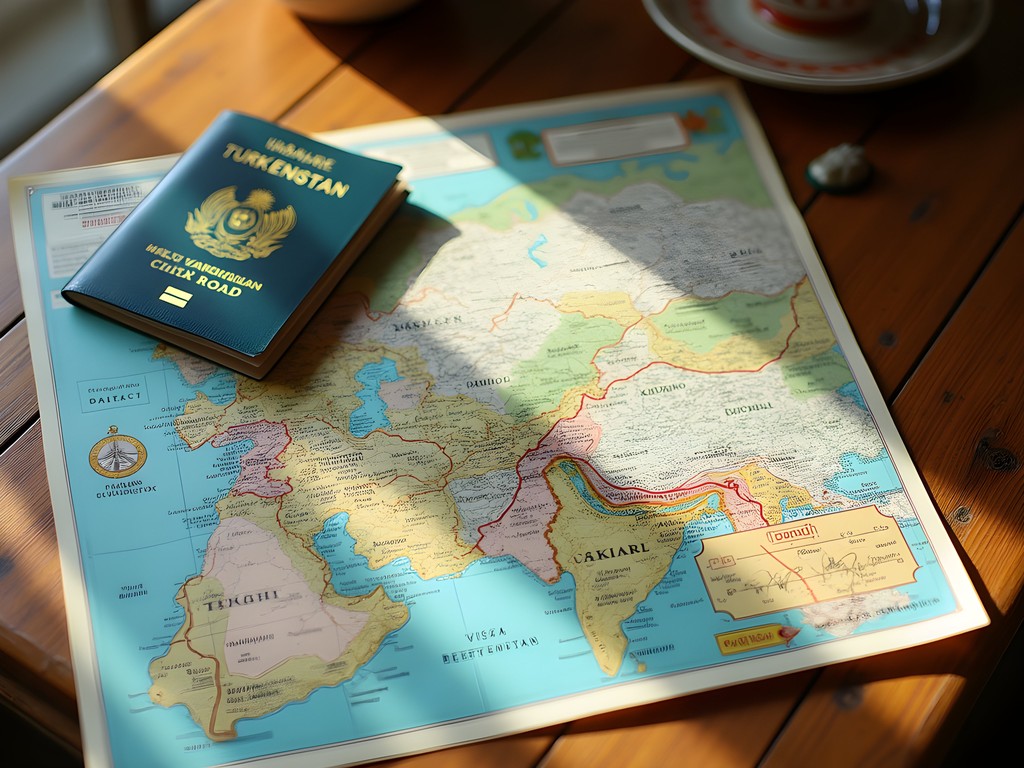
💡 Pro Tips
- Start visa application at least 2 months before travel
- Keep digital copies of all paperwork and approval letters
- Budget $100-150 for visa and LOI combined
Ancient Merv: Walking Through Layers of History
Five miles east of modern Mary lies the reason most determined travelers venture to this region: the UNESCO World Heritage site of Ancient Merv. As a nurse, I'm trained to see layers—tissue, muscle, bone—and Merv unfolds in much the same way, with civilizations stacked upon each other like anatomical systems.
The archaeological complex sprawls across 1,200 hectares, with structures spanning 4,000 years of human history. Rather than one cohesive site, Merv comprises several distinct ancient cities built adjacent to each other, abandoned and rebuilt as empires rose and fell.
I arrived just after sunrise, when the desert light bathes the mud-brick structures in a golden glow that photographs beautifully with my mirrorless camera. The early hour also meant I had the vast complex nearly to myself, save for a local caretaker who nodded silently as I entered.
The most striking structures include the Kyz Kala fortresses—two rectangular citadels with corrugated walls that cast dramatic shadows in the morning light. Their function remains debated among archaeologists, but their imposing silhouettes speak to Merv's former power.
The mausoleum of Sultan Sanjar stands as the architectural pinnacle, its 12th-century dome once covered in turquoise tiles. Though most of the exterior decoration has weathered away, the interior acoustics create a mesmerizing echo that resonates through the chamber—I hummed a few notes and felt the sound envelop me like a warm embrace.
Hire a guide if possible (around $25-30 for half-day); the site's minimal signage makes independent exploration informative only if you've done substantial research. My guide Atajan shared stories passed through generations, pointing out subtle details I would have missed—like the ancient irrigation channels that made this desert bloom with gardens over a millennium ago.
Wear sturdy shoes with ankle support as you'll be walking on uneven surfaces and climbing crumbling structures. The site is entirely exposed to the elements, so sun protection is non-negotiable in this harsh climate.
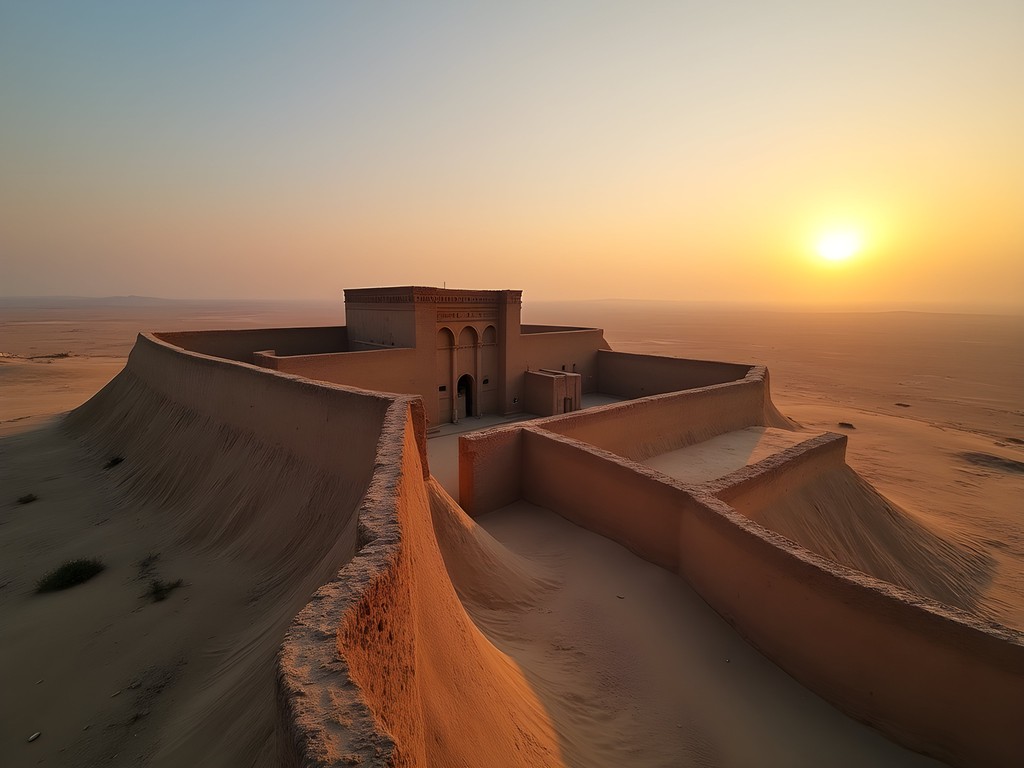

💡 Pro Tips
- Visit at sunrise for best photography light and fewer people
- Bring at least 2 liters of water per person
- Wear closed shoes with good ankle support for climbing ruins
Navigating Mary: Soviet Grid Meets Turkmen Identity
Modern Mary exists in fascinating contrast to its ancient predecessor. The city center follows the rigid grid layout typical of Soviet urban planning—wide boulevards, central squares, and brutalist architecture that feels transported from another world. Yet distinctly Turkmen elements infuse the space, creating a cultural hybrid that I found endlessly fascinating.
Mary's Regional Museum became my orientation point, both geographically and culturally. Housed in a wedding cake-like structure of white marble (Turkmenistan's preferred building material), the museum contains archaeological treasures from Merv alongside ethnographic displays. The attendants spoke minimal English but were visibly excited to see a foreign visitor—I was asked to sign a guest book that showed only a handful of international visitors that month.
For accommodations, I stayed at Maru-Maru Guesthouse, a family-run establishment where the owner, Atajan, speaks excellent English and arranges local transportation. At $25/night including a hearty breakfast of fresh bread, homemade jams, eggs, and endless tea, it represents excellent value in a country with limited tourist infrastructure.
Mary's bazaar offers the most authentic local experience. Unlike the carefully controlled markets of Ashgabat (the capital), Mary's bazaar feels genuinely local. Rows of spices in vibrant pyramids, handwoven carpets with traditional Turkmen patterns, and the distinctive aroma of shashlik (grilled meat) create a sensory immersion. I purchased a small handwoven carpet directly from the artisan for about $40—far less than similar pieces in Turkey or Morocco.
Navigating Mary as a solo female traveler felt surprisingly comfortable. The conservative Muslim culture means modest dress is appropriate (covered shoulders, knees, and chest), but I never experienced harassment. Instead, curious glances often led to shy smiles and occasional invitations for tea. Carrying a portable translator helped bridge communication gaps when my rudimentary Russian failed me.
Don't miss the city's central park at sunset, when families promenade along tree-lined paths and the marble buildings glow pink in the fading light. This daily ritual offers a glimpse into local life rarely seen by outsiders.
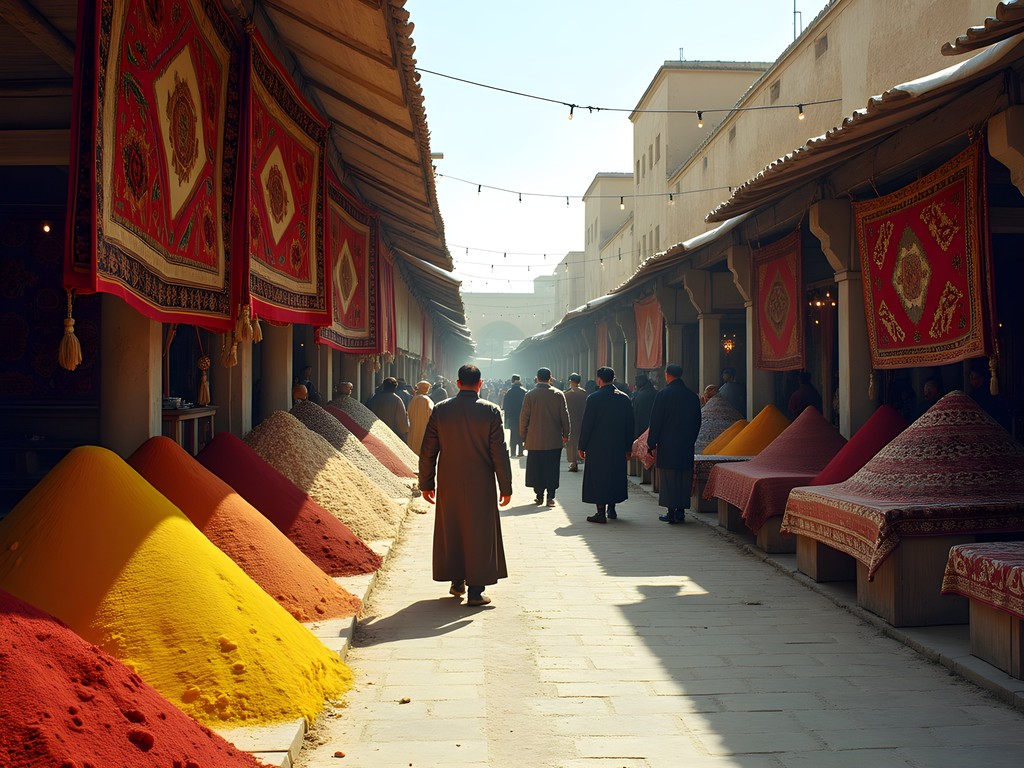
💡 Pro Tips
- Learn basic Russian phrases as English is rarely spoken
- Dress modestly with shoulders and knees covered
- Carry small US dollar bills for purchases as change can be scarce
Day Trips: Desert Landscapes and Hidden Archaeological Sites
While Merv rightfully dominates Mary's archaeological landscape, several lesser-known sites within day-trip distance offer equally compelling glimpses into the region's layered history—often without another tourist in sight.
Gonur Depe lies about 60km north of Mary and represents one of the most significant Bronze Age sites in Central Asia. Dating to 2500 BCE, this proto-urban settlement predates even Merv, with excavations revealing sophisticated water systems, palace complexes, and what some archaeologists believe to be a fire temple from early Zoroastrianism.
Reaching Gonur requires hiring a driver (approximately $50-60 for the day) and navigating unmarked desert tracks. I arranged transportation through my guesthouse, setting out before dawn with a packed lunch and enough water for a desert day. My hydration backpack proved invaluable, allowing me to sip water continuously while keeping my hands free for photography and climbing.
Unlike Merv's relatively preserved structures, Gonur appears as a series of excavated foundations and walls that require more imagination to appreciate. What makes the journey worthwhile is the profound solitude—standing amid 4,500-year-old ruins with only the desert wind for company creates a connection to history that crowded sites can't match.
Closer to Mary, the medieval caravanserai of Geok Depe offers insight into Silk Road commerce. These ancient roadside inns provided rest and security for traveling merchants, and this partially restored example features the classic courtyard design that sheltered both travelers and their valuable cargo.
For nature enthusiasts, the Karakum Desert's unique ecosystem can be experienced through guided excursions to the Repetek Biosphere Reserve. Here, specialized plants and animals have adapted to one of Earth's harshest environments. Though facilities are basic, the opportunity to witness desert ecology up close—particularly at dawn when creatures are most active—offers a counterpoint to the region's cultural attractions.
Each excursion requires advance planning and usually a guide, but these arrangements create opportunities for cultural exchange. My driver to Gonur, a former history teacher named Maksat, shared family photos, local legends, and eventually invited me to his home for a traditional meal with his family—an experience that no organized tour could provide.

💡 Pro Tips
- Hire drivers through your accommodation for reliable service
- Start day trips early to avoid peak desert heat
- Pack more water than you think you'll need—at least 3 liters per person
Connecting with Locals: Breaking Bread and Barriers
The most profound experiences in Mary came not from ancient sites but from human connections that transcended language barriers and cultural differences. As a nurse accustomed to communicating with patients across all backgrounds, I've developed a knack for non-verbal connection that served me well in Turkmenistan's linguistic landscape.
Turkmen hospitality manifests most beautifully through food sharing. When my guesthouse owner discovered my interest in local cuisine, his mother appeared the next morning to teach me how to make görogly, a layered flatbread cooked in a tandoor-like oven. Despite our minimal shared vocabulary, her patient demonstrations and my eager attempts created bonds stronger than conversation.
My instant camera became an unexpected diplomatic tool. Offering instant photos to people I met—from the children playing in Mary's central park to elderly carpet weavers at the bazaar—created immediate connections and often led to invitations for tea or meals. The physical photo served as both gift and thank you, particularly appreciated in a country where digital photography remains less common.
One evening, I was invited to a small family celebration marking a child's first day of school. Though initially hesitant to impose, I accepted and found myself welcomed into a home adorned with the intricate Turkmen carpets I'd admired in museums. Women gathered in the kitchen preparing manty (large steamed dumplings), while men conversed in the main room. Despite the gender separation typical in more conservative Central Asian settings, I was encouraged to move between spaces—my status as a foreign guest transcending usual protocols.
The meal unfolded on floor cushions around a low table laden with dishes: plov (rice pilaf with carrots and lamb), churek (flatbread), and shivit oshi (herb pasta). My attempts to help were gently refused, but my appreciation of the food was met with evident pleasure. When I mentioned my nursing background, the family proudly introduced a cousin studying medicine, and our conversation, aided by the young student's English, turned to healthcare comparisons between our countries.
These intimate glimpses into Turkmen home life revealed nuances no guidebook could capture—the specific way tea is poured from height to create foam, the respectful hand gestures when accepting food, and the genuine curiosity about life beyond their borders.
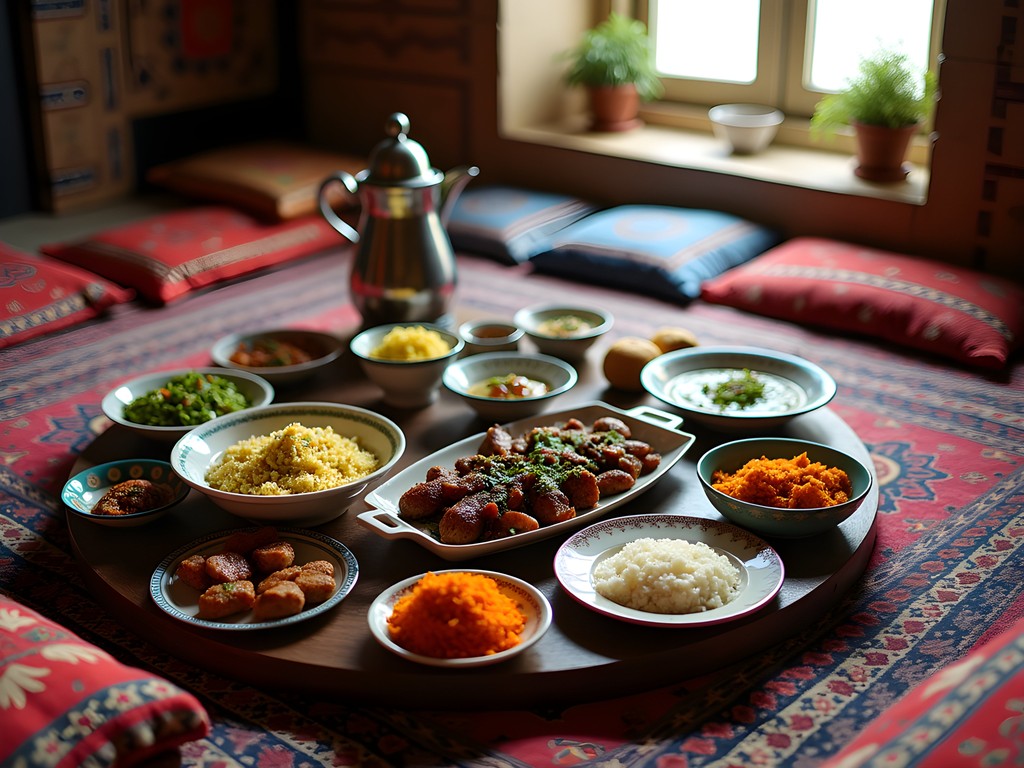
💡 Pro Tips
- Learn basic Turkmen greetings - 'salam' (hello) and 'sağ boluň' (thank you) go a long way
- Bring small gifts from your home country to offer hosts
- Accept food and tea offerings - refusing is considered impolite
Final Thoughts
As my week in Mary drew to a close, I found myself sitting atop the ancient walls of Merv one last time, watching the sunset paint the mud-brick ruins in amber hues that matched the desert itself. Mary isn't an easy destination—it demands patience with bureaucracy, comfort with linguistic isolation, and a willingness to embrace uncertainty. But these challenges deliver the increasingly rare reward of experiencing a place still defining its relationship with tourism, where your presence remains novel rather than expected. In an age of overtourism and Instagram hotspots, Mary offers something increasingly precious: genuine discovery. Whether you're tracing ancient Silk Road pathways or sharing non-verbal laughter over a failed attempt at making traditional bread, Mary reveals itself slowly to those willing to look beyond the obvious. As I prepare to return to my nursing shifts in Seville, I carry with me not just photographs of spectacular ruins, but the warmth of unexpected connections made across seemingly insurmountable cultural divides.
✨ Key Takeaways
- Mary offers authentic cultural immersion rarely found in more touristed destinations
- The bureaucratic hurdles of visiting Turkmenistan are worth overcoming for the archaeological treasures
- Personal connections with locals provide the most meaningful experiences despite language barriers
📋 Practical Information
Best Time to Visit
April-May or September-October
Budget Estimate
$40-60/day excluding visa costs
Recommended Duration
3-4 days minimum
Difficulty Level
Challenging
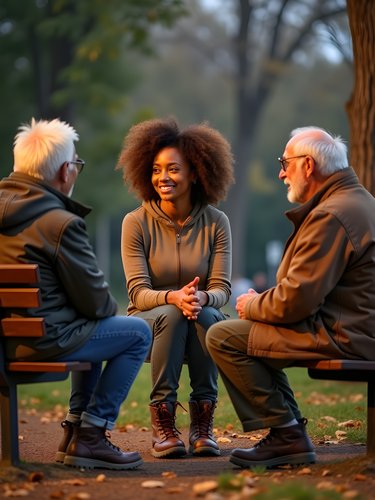
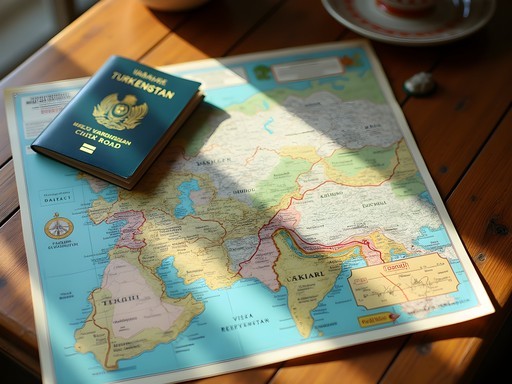
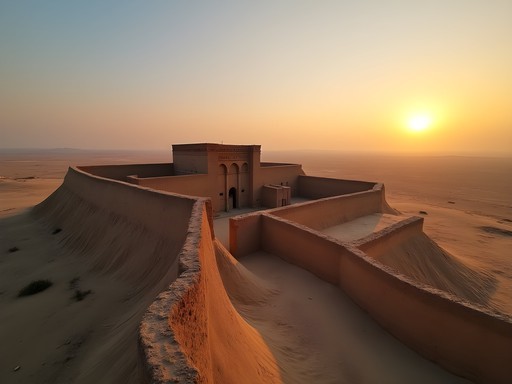
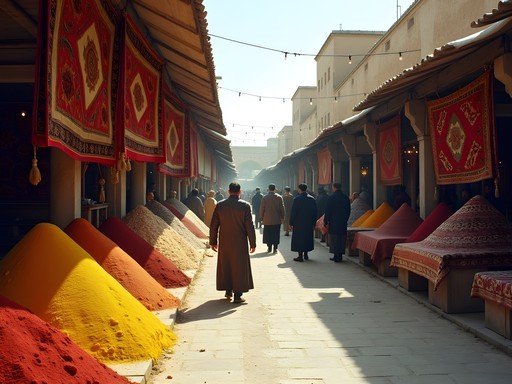
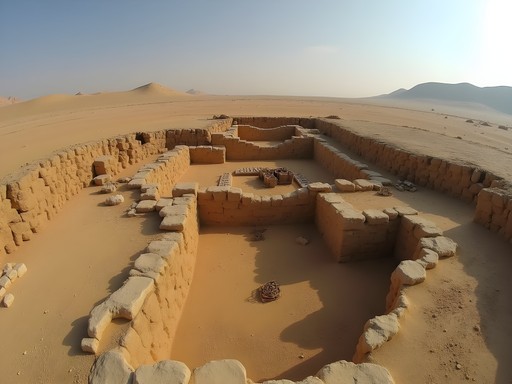
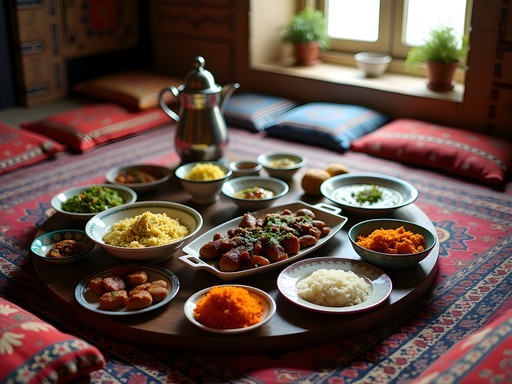



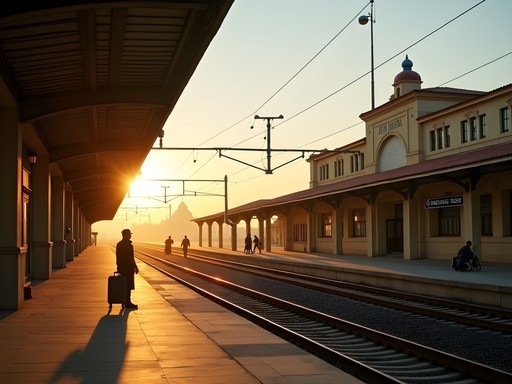






Comments
wildqueen
Those sunset photos on the walls of Merv are stunning! How did you get around between Mary city and the archaeological sites? Is there public transport or did you need to hire a driver?
Aria Sanders
Thanks! There are shared taxis from Mary to Merv (Bayramaly) that are super cheap, but for exploring the actual archaeological park, I hired a driver for the day through my guesthouse. It's quite spread out so having wheels is essential!
wildqueen
Perfect, that's exactly what I needed to know! Adding this to my Central Asia itinerary for sure. The Silk Road sites look incredible.
Kimberly Murphy
Aria, this brought back so many memories of my trip to Mary last year! The visa process is definitely the biggest hurdle - I ended up keeping my travel document organizer glued to me the entire time because I was so paranoid about losing anything. For anyone planning to visit, I'd add that hiring a local guide at Merv is absolutely worth it. The historical context they provide transforms those mud-brick ruins into something truly magical. I found a wonderful guide named Batyr through my guesthouse who spoke decent English and knew every corner of the site. Did you try the plov at the central market? The version they make in Mary with the local carrots was my favorite in all of Central Asia!
wildqueen
Was it easy finding English-speaking guides there? Planning a trip for next spring and worried about language barriers.
Kimberly Murphy
It's definitely limited but not impossible! Ask at the Mary History Museum - they often know guides who work with international visitors. Most speak better Russian than English though, so a translation app helps!
skychamp
That visa process sounds brutal! I went through something similar last year. Did you use the Ashgabat-based travel agency for your Letter of Invitation? I found them super helpful but man, waiting for approval was nerve-wracking. The ancient ruins at Merv look incredible in your photos - way more impressive than I expected for a site that doesn't get much international attention.
Aria Sanders
Yes! I used Stantours for my LOI - they were really patient with all my anxious emails during the wait. And agreed about Merv - the scale of it is mind-blowing when you're actually there.
skychamp
Same agency I used! Worth every penny for the peace of mind. Did you make it to Sultan Sanjar mausoleum at sunset? That was my highlight.
backpack_wanderer
We did the public transportation to Merv too and it was an adventure in itself! Pro tip: bring water and snacks, options are limited out there.
TravelingTeacher
How long did the bus take from Mary to Merv?
backpack_wanderer
About 45 minutes, but it doesn't run very frequently. Best to ask your hotel about the schedule!
SilkRoadFan
Your sunset photo at Merv is absolutely stunning! Added to my bucket list!
wanderluststar
How safe did you feel as a solo female traveler in Mary? I'm considering adding Turkmenistan to my Central Asia trip but a bit nervous about going alone.
Aria Sanders
I felt surprisingly safe! Turkmenistan has very low crime rates. The bigger challenges were language barriers and the somewhat strict government regulations. Local people were incredibly hospitable, though quite reserved initially. Having basic Russian phrases helped immensely.
Jose McDonald
This brings back memories! I visited Mary last year and was blown away by Ancient Merv. Those mud-brick structures against the desert backdrop make for INCREDIBLE sunrise photos. I found hiring a local guide essential for understanding the historical layers. Also, the Mary Regional Museum was surprisingly good - don't skip it! For anyone planning a trip, I'd recommend staying at least 3 days to properly explore the archaeological sites without rushing. The local bazaar was also a highlight - much less touristy than others I've visited in Central Asia. Did you try the plov at the small restaurant near the central square? Life-changing!
wanderluststar
What camera did you use for those desert sunrise shots? I'm planning a Silk Road trip next year and want to upgrade my gear!
Jose McDonald
I used my mirrorless camera with a wide-angle lens! The desert light is tricky but so worth capturing. Bring extra batteries - charging opportunities can be limited at the remote sites.
hikingone
How difficult was it to get the Turkmenistan visa? I've heard it's one of the toughest!
Aria Sanders
It was definitely challenging! I applied for the tourist visa through a local agency which helped navigate the paperwork. The transit visa is easier but only gives you 3-5 days. Worth the effort though!
hikingone
Thanks! Did you have to provide a detailed itinerary?
Aria Sanders
Yes, very detailed! Day-by-day plans with hotel bookings confirmed in advance. They're quite strict about it.
Lillian Diaz
I spent three weeks traveling through Turkmenistan last year and Mary was definitely a highlight! For anyone planning a visit, I'd recommend staying at the small guesthouse near the bazaar (can't remember the name but the owner is called Batyr) - he's incredibly knowledgeable about local history and helped arrange all my transportation. The Mary History Museum is also worth a visit - it's rarely mentioned in guides but houses some incredible artifacts from Merv. One tip: bring plenty of cash as ATMs are unreliable and often don't accept foreign cards. And don't miss trying the local shurpa (soup) and gutap (stuffed flatbread) at the small restaurants near the bazaar - delicious and ridiculously cheap!
Aria Sanders
Yes! I stayed at Batyr's place too! His breakfast spreads were amazing. Great tip about the History Museum - I almost skipped it but was so glad I went.
Lillian Diaz
Small world! Batyr's homemade jam was the highlight of my mornings there. Did you make it to the Gonur Tepe ruins? That was an incredible day trip, though quite remote.
smartfan
Those sunset photos from the ancient walls are stunning! Makes me want to brave the visa process.
Venture X
Premium card with 2X miles, $300 travel credit, Priority Pass